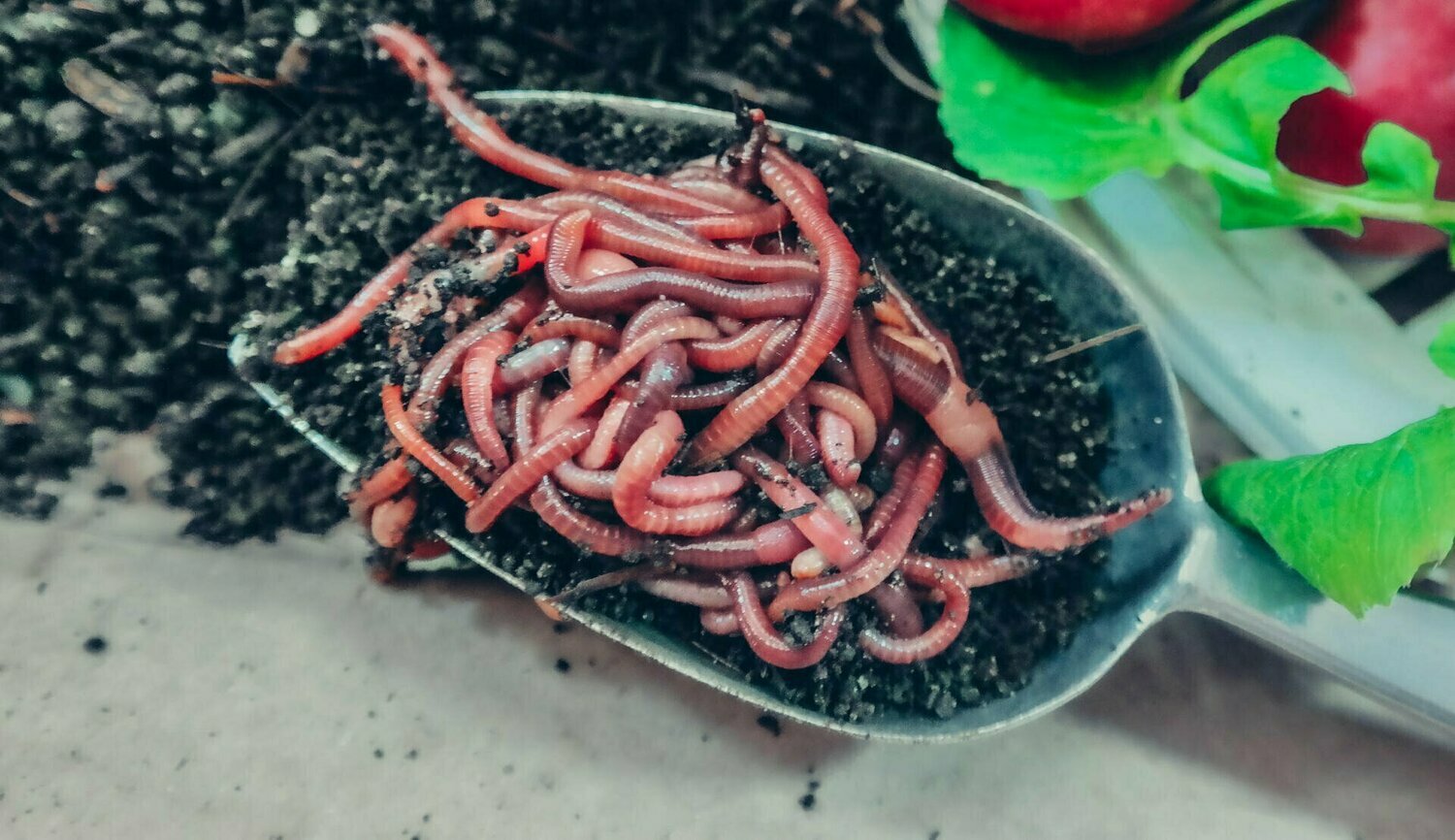Proven composting red wigglers: Expand your worm farm
Proven composting red wigglers: Expand your worm farm
Blog Article
Using Red Wigglers for Efficient Organic Garbage Disposal
The usage of red wigglers for organic waste disposal presents an engaging method to managing food scraps while advertising environmental sustainability. These worms not just improve waste decomposition but likewise yield beneficial worm castings, which can substantially improve dirt health and wellness. Their capacity to process huge volumes of natural material with marginal effort placements them as an accessible remedy for homes and communities alike. Nonetheless, comprehending the subtleties of setting up an effective worm bin and preserving an optimum habitat is crucial for maximizing their advantages. The next action in this process may surprise you.
Advantages of Using Red Wigglers
One of the most compelling benefits of making use of red wigglers for natural waste disposal is their amazing effectiveness in composting. These worms, medically referred to as Eisenia fetida, are specifically adapted for breaking down organic materials, enabling them to process waste as much as two times their body weight each day. This rapid decomposition not only speeds up the composting procedure yet likewise generates nutrient-rich worm spreadings that dramatically enhance dirt top quality.
In addition, red wigglers add to a reduction in land fill waste. By diverting organic products from landfills, they assist minimize methane exhausts-- a potent greenhouse gas. This ecological benefit is crucial in the battle versus environment adjustment.
Additionally, red wigglers are low-maintenance and can grow in various environments, making them accessible for both novice and experienced composters. Their capacity to duplicate promptly makes certain a consistent population, helping with ongoing waste processing.
Setting Up Your Worm Bin
Developing a reliable worm container is necessary for maximizing the benefits of composting with red wigglers. Ensure the container has sufficient drainage openings to avoid excess moisture, as red wigglers grow in a damp yet not soaked environment.
(Worm Farms Near Me)Following, prepare the bed linen product, which offers as the worms' habitat and food source. The container must be put in a dark, temperature-controlled area, ideally between 55 ° F and 77 ° F, to keep worm task.
As soon as the container is set up, present the red wigglers, enabling them to adjust to their brand-new setting. A well-maintained container will certainly not just support the health of the worms yet also promote effective disintegration of organic waste.
(Lenoir Worm Farms)
What to Feed Red Wigglers
An understanding of the appropriate diet for red wigglers is important for preserving a healthy worm population and optimizing composting efficiency. Red wigglers flourish on a diverse diet that primarily includes organic products. Perfect food resources consist of vegetable scraps, fruit peels, coffee grounds, eggshells, and shredded paper. These items not only offer necessary nutrients yet additionally add to the dampness balance within the worm bin.
It is vital to best site prevent specific foods that can harm the worm populace. Red wigglers must not be fed meat, dairy products, oily foods, or refined products, as these can attract parasites and produce unpleasant smells. red wigglers. In addition, citrus fruits and hot foods ought to be reduced, as their acidity can be destructive to worms
Checking the worm bin for food intake rates will certainly help make sure that red wigglers are receiving an appropriate diet while preserving an efficient composting environment. Correct feeding practices are necessary for cultivating a flourishing ecological community within the worm bin.
Keeping Your Worm Environment
A well-kept worm habitat is necessary for the wellness and performance of red wigglers. To make certain optimum problems, it is critical to check temperature level, dampness, and oygenation within the worm bin (red wigglers).
A good guideline of thumb is to keep moisture at about 70% to 80%. If the bed linens comes to be also wet, it can lead to anaerobic conditions that are unsafe to the worms.

Making Use Of Worm Castings in Horticulture
Rich in nutrients and beneficial bacteria, worm spreadings function as a phenomenal natural plant food for horticulture. Created with the digestive system procedures of red wigglers, these spreadings contain an array of important nutrients, including nitrogen, phosphorus, and potassium, which promote robust plant growth. Unlike artificial plant foods, worm spreadings use a slow-release device, making certain that nutrients are readily available to plants over an extensive duration, consequently minimizing the danger of nutrient leaching and soil depletion.
Along with vitamins and mineral material, worm castings boost soil framework and aeration, improving dampness retention and drain. The microbial life existing in worm castings helps to subdue microorganisms and advertises a healthy and balanced soil ecological community, additional benefiting plant wellness. When integrated right into the soil or used as a leading clothing, worm spreadings can dramatically enhance seed germination prices, origin growth, and general plant vigor.
For optimal results, garden enthusiasts should use worm castings at a rate of 1-2 inches per square foot, blending them into the soil or integrating them right into potting mixes. Overall, making use of worm castings is a green strategy to improving dirt fertility and making sure prospering garden settings.
Verdict

Report this page